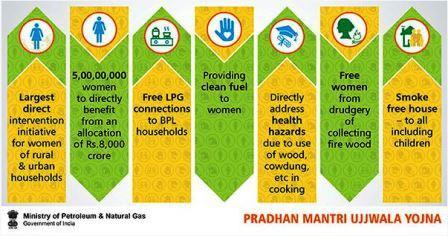7667766266
enquiry@shankarias.in
What is the issue?
The sustained rise in the price of LPG cylinders has been a burden in the budget of many households for more than a year now.
As per the Global Burden of Disease Study 2019, solid fuel use for cooking is the leading contributor to air pollution and related premature deaths in India, estimated to be around over 6 lakh every year.

References